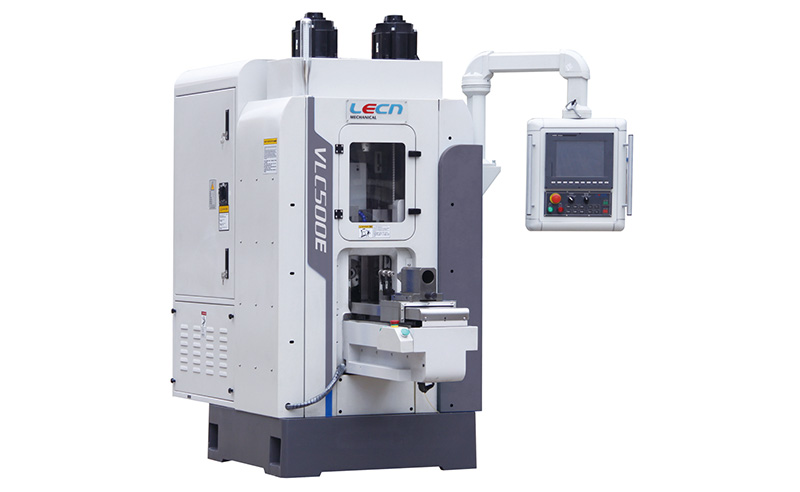Comparing Vertical Rolling Machines vs Horizontal Rolling Machines
In the world of metal fabrication, choosing the right rolling machine can significantly impact the efficiency and precision of your work. Two popular options are Vertical Rolling Machines and Horizontal Rolling Machines. In this comprehensive comparison, we will delve into the key features, applications, and user experiences associated with these machines to help you make an informed decision for your specific needs.
Understanding Vertical Rolling Machines
Vertical Rolling Machines are known for their unique design where the material is fed vertically through the rolls. This configuration offers several advantages in terms of space utilization and ease of operation.

Key Features of Vertical Rolling Machines:
Space Efficiency: Vertical Rolling Machines typically have a smaller footprint, making them suitable for workshops with limited space.
Versatility: These machines are versatile and can handle a variety of materials, from thin sheets to thicker plates.
Ease of Operation: Vertical feeding simplifies the material handling process, reducing the chances of errors and improving overall efficiency.
Applications of Vertical Rolling Machines:
Cylindrical Forming: Ideal for forming cylindrical shapes such as tanks, pipes, and tubes.
Conical Bending: Suitable for applications where conical shapes are required, such as funnels and tapered structures.
Space-Constrained Workshops: Perfect for workshops with limited horizontal space.
User Experience with Vertical Rolling Machines:
Users often appreciate the compact design of vertical rolling machines, especially when working in confined spaces. The vertical feeding mechanism is user-friendly, allowing for quick and precise material positioning. However, it's essential to note that the suitability of a vertical rolling machine depends on the specific requirements of the task at hand.
Exploring Horizontal Rolling Machines
Horizontal Rolling Machines on the other hand, feature a horizontal material feeding approach. This design offers its own set of advantages for certain applications.
Key Features of Horizontal Rolling Machines:
Stability and Rigidity: Horizontal machines often provide enhanced stability, making them suitable for demanding tasks and heavy-duty applications.
Large-scale Production: Ideal for high-volume production of long and wide materials due to the horizontal feed orientation.
Uniform Bending: Ensures consistent and uniform bending across the length of the material.
Applications of Horizontal Rolling Machines:
Heavy-Duty Fabrication: Well-suited for industries requiring the rolling of thick and wide plates, such as shipbuilding and large-scale construction.
Longitudinal Bending: Effective for bending long sections of material with precision.
Mass Production: Suitable for scenarios where mass production is a priority.
User Experience with Horizontal Rolling Machines:
Users working with large-scale projects often prefer horizontal rolling machines for their stability and the ability to handle heavy materials efficiently. The horizontal feeding mechanism might require more space, but it proves advantageous when dealing with extensive and robust fabrication tasks.
Choosing the Right Rolling Machine for Your Needs
In conclusion, the choice between Vertical Rolling Machines and Horizontal Rolling Machines depends on the specific requirements of your fabrication projects. If space efficiency and versatility are crucial, a Vertical Rolling Machine might be the ideal choice. On the other hand, for heavy-duty applications and mass production scenarios, a Horizontal Rolling Machine offers stability and efficiency.
Consider the nature of your projects, available workspace, and production volume when making your decision. Both types of rolling machines have their merits, and selecting the one that aligns with your workflow will contribute to the overall success of your metal fabrication endeavors.


